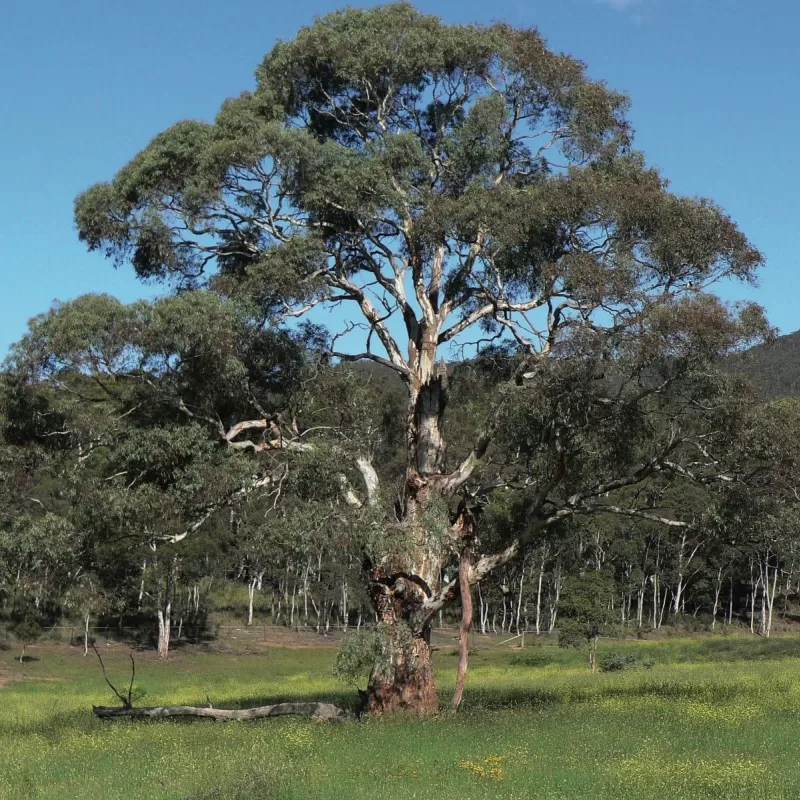| Height |
10.0m - 30.0m (1000-3000cm) |
| Fruit |
Woody capsule |
| Form |
Tree with straight, largely bark-free trunk. |
| Municipalities |
Break O'Day; Central Coast; Central Highlands; Derwent Valley; Glamorgan-Spring Bay; Huon Valley; Kentish; Kingborough; Northern Midlands; Sorell; Southern Midlands; Waratah-Wynyard |
| Communities |
Dry Eucalypt Forest and Woodland |
| Habitat Notes |
Typically dominates grassy forest and woodland on poor mudstone soils in exposed situations and in the rain shadow of mountains. |
| Site Tolerance |
Dry; Exposed; Windy |
| Frost Tolerance |
Hardy |
| Soil Tolerance |
Fertile; Loam; Poor; Well-drained |
| General Notes |
Regenerates well after fire, from lignotubers. Useful for fuel although quick burning. A second-class building timber but has potential for joinery, flooring and parquetry. Useful for providing medium to high-level shelter (up to 30m) in mixed species windbreaks on moderately fertile hills. Unlikely to be planted for agroforestry for any use other than shade, shelter and habitat, although it has potential as a feature timber. The trees form branch hollows that provide excellent habitat for many birds and mammals. Rosellas are attracted to the capsules and seed. The flowers and nectar provide food for a range of birds, insects and marsupials. Not suitable below powerlines. |


